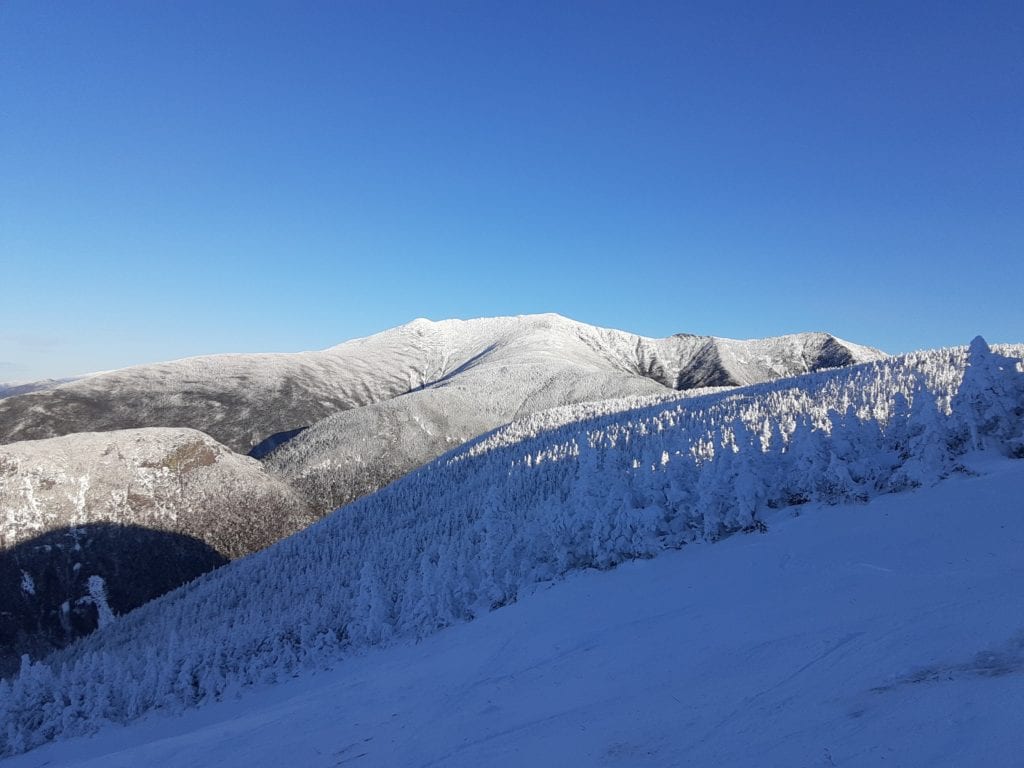
View of the iconic White Mountains in Spring. Photo credit: Ely McLaughlin
The White Mountains are one of New Hampshire’s seven tourism regions, and arguably our most famous. Each year, thousands of tourists visit our many scenic attractions for outdoor recreation like hiking, biking, skiing, and for tax-free shopping in our stores.
The White Mountains – A Rich History
For those who are interested, the region has a rich history with abandoned towns like Zealand, Wildwood, or Livermore attesting to previous settlement patterns, the Mount Washington Hotel (the site of the Bretton Woods Convention) standing as a monument to the last 70 years of world monetary policy (for better or worse), and places like Peckett’s Inn, Cannon Mountain, and Cranmore that were pioneers in the American ski industry.
I have lived in the “Whites,” as they are sometimes known, for nearly eight years. I consider myself one of the lucky few who has been able to grow up in a place that most people only get to visit once a year on vacation. Since I was twelve years old, I have been an avid skier, cyclist, and occasional hiker, and as I have started to find work, buy land, and generally “grow up,” I have only come to appreciate this area more.
For an outsider, it is easy to talk about the White Mountains as just one large area, but if you live here, you will realize that there are really several sub-regions that each have their own unique feel. In this article, I will describe each of these regions broadly, and in the future, I plan to write posts describing each of the White Mountain towns, with the goal of giving you an idea of what area would be best to live in, considering your own personal preferences and beliefs.
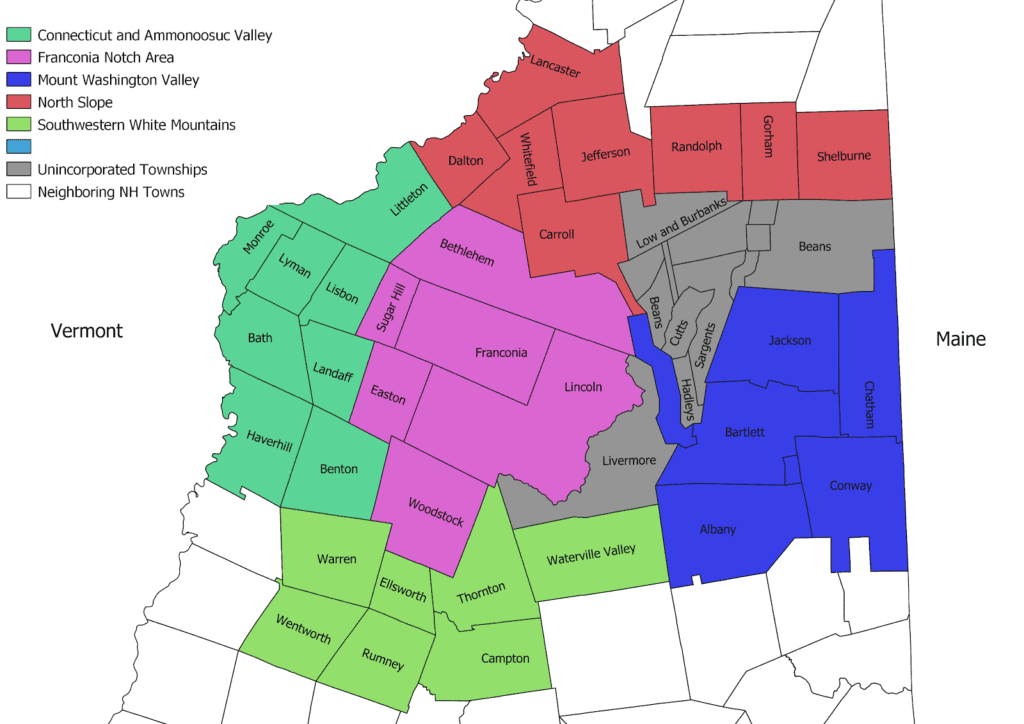
Map of towns in the North Country, 2020.
The Mount Washington Valley
As one could tell by its name, the Mount Washington Valley is located at the base of Mount Washington, New England’s highest peak, which dominates the view from almost any point in the seven New Hampshire towns that are considered a part of it, as well as a number of towns in the neighboring state of Maine. The three main towns in “The Valley” are Bartlett, Conway, and Jackson, but Hart’s Location, Chatham, and Albany are also generally included, as well as the small unincorporated township of Hale’s Location, and many people also consider Fryeburg, Stow, and Brownfield, Maine as extensions of the sub-region.
The Mount Washington Valley, generally speaking, is characterized by spectacular mountains in every direction, the White Mountain National Forest, which surrounds the region, and the large village of North Conway, which acts as the tourism hub for the eastern White Mountains with its many hotels, restaurants, sports shops, and outlet stores. Lovers of the outdoors can spend years exploring the mountain bike trails around Conway and Bartlett, the hundreds of miles of hiking trails (in all the towns), the four large downhill ski areas, and the rock climbing cliffs that are scattered around the Valley.
Living in Mount Washington Valley
I lived in the Mount Washington Valley (specifically the village of Upper Bartlett) for two years when my family first moved to New Hampshire. It will always have a special meaning for me because of this, but I would not necessarily recommend it to people looking at New Hampshire for its slower pace of life. Mainly because, The Mount Washington Valley is the busiest tourist region in the White Mountains, and the town of Conway almost feels urban. Where we lived in Bartlett, the local elementary school was treated as a religious institution. I recall a few people gave me a dirty look when I told them that I subscribe to a different religion (that of homeschooling).
Finally, the large number of second homes and expensive retirement villas that have raised land prices and spoiled views for lifelong residents, which I’ve noticed made some locals in the Mount Washington Valley somewhat unappreciative of outsiders, even by the standards of the White Mountains at large. My personal recommendation for living in the Mount Washington Valley is: avoid it if you can, but definitely visit on weekends, and try living in a nearby area like the eastern Lakes Region, or the southern portion of the North Country. Exceptions to this rule would be if you found a place to live in portions of Albany, Chatham, or Hart’s Location, where the population is a little sparser and the tourist traffic isn’t quite as heavy, or if you actually like a more urban feel, though in that latter case, you would probably prefer living outside of the White Mountains entirely.
Franconia Notch
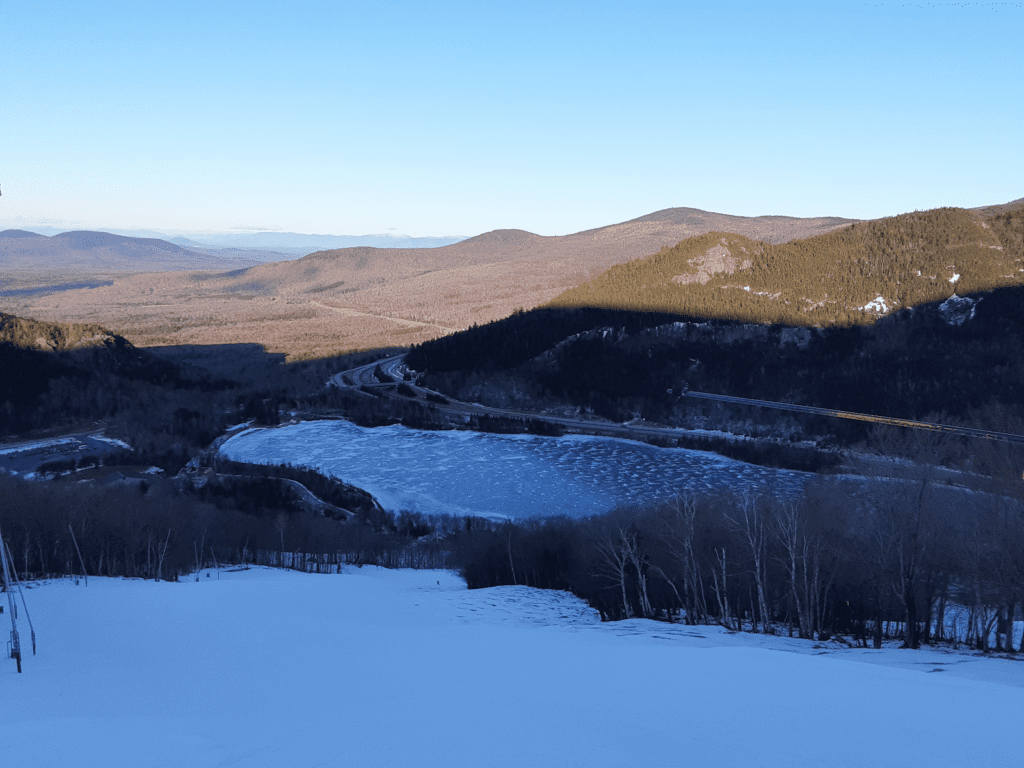
Echo Lake and the gateway to Franconia Notch from the Rocket trail, Cannon Mountain.
Next to the Mount Washington Valley, Franconia Notch is our most popular tourist region. In fact, the Notch, itself, which is home to the famous Franconia Notch State Park, might be the single biggest attraction in the White Mountains. The southeastern side of Cannon Mountain was home to the iconic Old Man of the Mountain rock profile, before it collapsed in 2003. The Old Man can still to be seen on New Hampshire license plates and in the names of countless local businesses. Despite its popularity, the area surrounding “The Notch,” as most of us call it, has a distinctly different feel from its previously described eastern counterpart. While the towns of Lincoln and North Woodstock are your typical tourist traps, and Franconia Notch State Park, is best avoided on a summer weekend, the surrounding areas are quiet and sparsely travelled. This could be because most tourists stay on I-93, instead of getting off and driving through the towns, but it also has to do with the Notch, itself. I have noticed it many times. You can be driving I-93 from Plymouth to Exit-35 in Franconia, and you will have steady (even heavy, at times) traffic, but once you pass through the gateway formed by Bald Mountain and Eagle Cliff at the north end of Franconia Notch, you will often have the highway to yourself. Crossing through the Notch is a psychological barrier to tourists and locals, alike, since it seems to imply that you are leaving civilization behind.
Living in the Franconia Notch & The White Mountains
Obviously this is not the case. The towns of Franconia, Sugar Hill, Bethlehem, and Easton are all fantastic small towns that each have their own benefits for living, and Littleton is a nearby medium-sized economic hub. I personally live in Franconia, which I have loved for its extensive hiking trail network, proximity to the Cannon Mountain ski area, and interesting mix of hippies, fourth-generation locals, and high-dollar second home owners. Nothing gives you a better cross-section of humanity than working at Cannon Mountain or hanging out at the Village Store after work.
Just like the Mount Washington Valley, you will never be at a loss for outdoor activities in the Franconia Notch area. While the state park is by far the most spectacular feature of the landscape, there are plenty of other attractions. Mountain bikers can entertain themselves for days on the Profile Trail Network that stretches from Franconia Notch to Franconia Village. Hikers can find almost endless opportunities for excursions in the surrounding farm and forest land of Sugar Hill or Bethlehem, and fishermen have more opportunities to cast a line than I can even count.
An interesting fact of New Hampshire in general, but the northwestern White Mountains in particular, is that almost all of the land is privately owned, but a huge number of the larger landowners allow public recreation on their properties. This is a breath of fresh air for a former Floridian who grew up with fenced yards and posted signs.
I can think of very few reasons not to move to the Franconia Notch area. High home prices are probably the biggest deterrent, but decent family homes start around $150,000-$200,000, and there are inexpensive housing options like trailer parks and apartments in all of the area’s towns. The other caveat, and this applies to the entire White Mountain region, is finding work, but the Free State Project can help you with that! Tourism is the main industry in this area, and it can be difficult to find a year-round position making a good wage.
In the end, the North Country is my home, and I wouldn’t trade it for anything. I’m still glad I moved here from Florida with my family several years ago, and I’m sure if you will as well. Additionally, the FSP’s Porcupine Freedom Festival (Porcfest) usually takes place up here, this unique event provides an excellent opportunity for you to explore this part of the state and make up your own mind.
To be continued in Part Two!
By Ely McLaughlin
Read Ely’s first post: 7 Years Later: Still Happy to Trade the Heat of Florida for the Beauty of New Hampshire

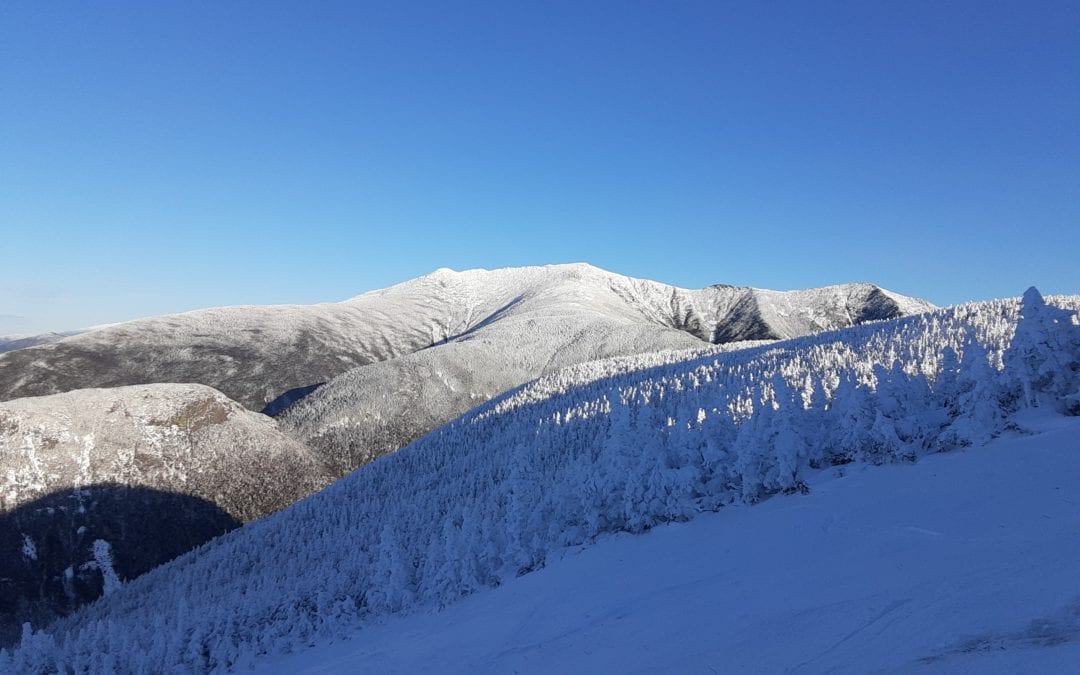
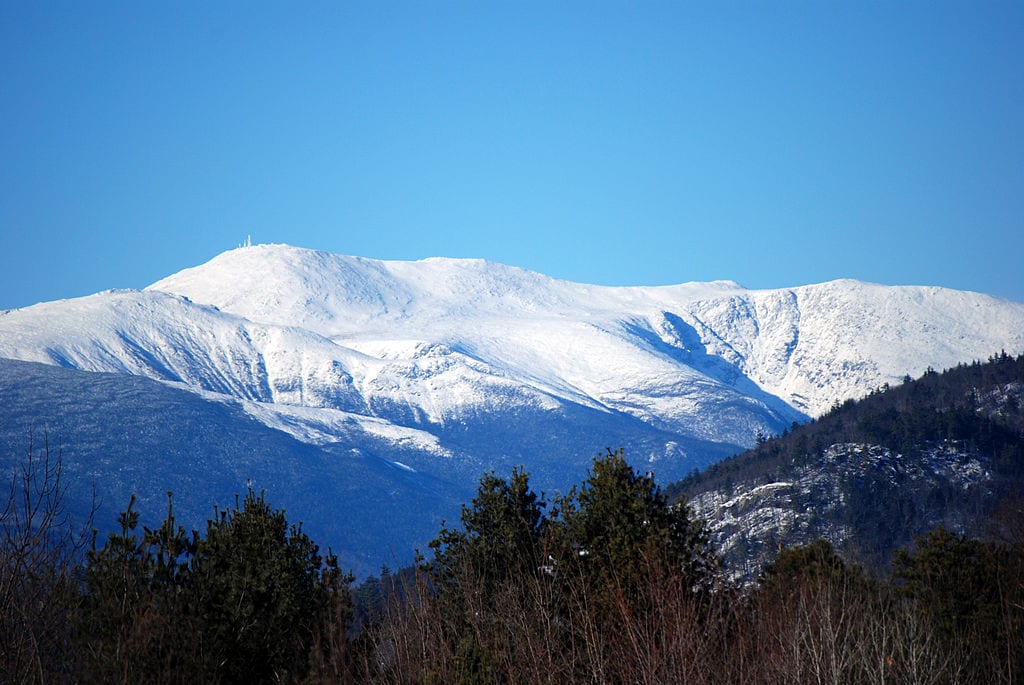
Very helpful, thank you. Ill be moving somewhere near you soon.